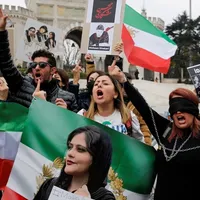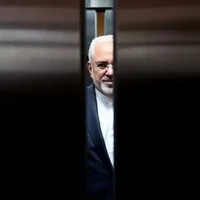Omid Mohammad-Alikhan, a member of Iran’s Association of Travel Agencies, told state news agency IRNA that with some embassies halting tourist visa issuance, between 40,000 and 50,000 people remain in limbo.
The Swiss embassy has suspended tourist visas, France has limited operations, the South African mission is closed, Brazil’s embassy has yet to reopen, and Japan plans to resume work in the coming days, he said.
The disruption has hit hardest those needing to travel on fixed dates, such as students who must arrive for the start of the academic year and athletes travelling to competitions or training camps.
Hormatollah Rafiei, head of Iran’s Association of Air and Tourism Agencies, said more than 250 international flights were cancelled during the conflict, preventing over 30,000 people from travelling abroad and leaving airlines and accommodation providers owing passengers over 600 billion tomans (about $6.5 million).
Rafiei criticized a government directive instructing travel agencies to refund customers directly, saying airlines, hotels and booking platforms must first reimburse the agencies.
“Until these companies return the money, we cannot refund the passengers,” he said, adding that despite airlines’ claims of repaying 80% of the funds, agencies had not received the money.
Incoming tourism hit
Iran's tourism sector has also been hit by a sharp drop in foreign arrivals. Deputy Tourism Minister Anoushirvan Mohseni-Bandpey said 330,000 foreign tourists visited Iran in July, down 53% from a year earlier, blaming the war and what he called “Iranophobia” campaigns.
He said visa issuance for most European countries has stopped, but travel between Iran and Asian nations, Turkey, Russia and China continues. Recovering pre-war levels would require time and confidence-building, he added.
Air traffic remains far below pre-war levels despite the reopening of major airports 10 days after the ceasefire between Israel and Iran.
Routes to Europe and East Asia, including Austria, Germany, China and Thailand, remain suspended, while flights to regional hubs such as Turkey and the United Arab Emirates have also been sharply reduced.













